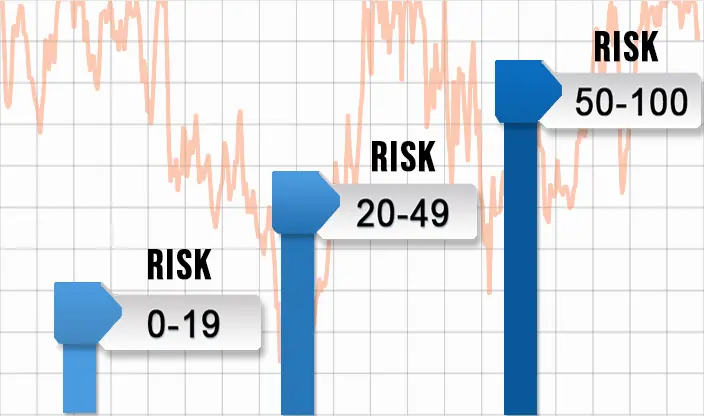Why Volatility Targeting Has Become a Core Strategy
Concierge Wealth Services
Why Volatility Targeting Has Become a Core Strategy
Volatility targeting has become a defining characteristic of modern institutional portfolio design. Instead of predicting markets, leading investors manage the amount of risk a portfolio takes at any given time. By dynamically adjusting exposure based on volatility levels, they create smoother performance, steadier drawdowns, and stronger long-term compounding. The result is process-driven consistency—one of the most valuable advantages in uncertain markets.
1) The Philosophy Behind Volatility Targeting
Traditional portfolios often assume that volatility is constant, when in reality, risk fluctuates far more than returns do. Volatility targeting turns that observation into a rule: scale risk exposure up or down as market conditions change. The objective is not market timing—it’s risk consistency. This philosophy aligns with the evidence-based discipline found in Quantitative Risk Management.
2) Managing Exposure, Not Emotion
Volatility targeting removes much of the human reaction to market stress. When volatility spikes, the framework automatically reduces exposure. When markets calm, exposure is added back. This disciplined process prevents overreaction, helping portfolios remain consistent through both euphoria and panic—similar to the behavioral safeguards described in How the Top 0.1% Control Volatility.
3) Turning Volatility Into a Measurable Variable
Institutions treat volatility as a variable to be engineered, not feared. By linking portfolio exposure to observed volatility, they can define acceptable risk in quantitative terms. This transforms volatility from an emotional event into a measurable design element, reducing the likelihood of large drawdowns and loss of compounding momentum.
4) How Institutions Implement It
Institutional portfolios use volatility targeting within broader asset allocation frameworks. By integrating real-time risk measures, these investors can scale exposure across equities, fixed income, and alternatives while maintaining a consistent overall risk budget. It allows for more stable portfolio performance, regardless of market regime.
This principle complements the structural diversification outlined in Institutional-Grade Portfolio Construction, where exposures are built to behave differently under various economic conditions.
5) Protecting Against Behavioral Bias
Volatility targeting helps neutralize behavioral biases by establishing predefined rules before emotions can interfere. It eliminates ad hoc judgment calls and provides transparency for oversight committees and fiduciaries. In this way, it’s as much a governance tool as an investment one, supporting process over prediction.
6) Liquidity, Leverage, and Policy Design
Because volatility targeting can involve scaling exposure, it requires careful integration of liquidity reserves and leverage limits. Institutions document these parameters in policy form, ensuring that volatility management never overrides long-term liquidity needs or fiduciary duty. This balance is central to both discipline and durability.
7) Why the Wealthy Adopt the Same Principles
High-net-worth families and private foundations are increasingly applying institutional-grade risk frameworks. Through Concierge Wealth Services, qualified investors can request introductions to independent fiduciary advisers who utilize similar quantitative methods to manage portfolio risk and compounding consistency.
This shift reflects a broader recognition that consistency—not constant prediction—drives enduring wealth outcomes.
Related Topics to Explore
- Institutional-Grade Portfolio Construction
- Quantitative Risk Management
- How the Top 0.1% Control Volatility
- Concierge Wealth Services
Request a Confidential Conversation
📞 Call us at
800-533-5969
Important: We do not provide securities or investment advice. If appropriate, we may introduce you to an independent SEC-registered investment adviser for evaluation under their regulatory framework.
Why Volatility Targeting Has Become a Core Strategy — Frequently Asked Questions
What is volatility targeting?
It’s a quantitative framework that adjusts portfolio exposure to maintain stable risk over time, reducing emotional and performance swings.
Does it predict markets?
No. Volatility targeting responds to market conditions without forecasting, keeping overall risk consistent through changing environments.
Why is it popular among institutions?
Because it creates smoother returns, improves governance, and limits large drawdowns—all while maintaining exposure discipline.
Can high-net-worth investors use it?
Yes, through fiduciary advisers who apply similar institutional frameworks available via Concierge Wealth Services.
Does Diversified provide investment advice?
No. Diversified Insurance Brokers does not offer securities or investment advice. Introductions are made only to independent advisers.
Important Notice: Wealth management and investment advisory services are provided exclusively through our independent SEC-registered adviser partner.

